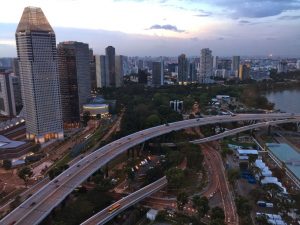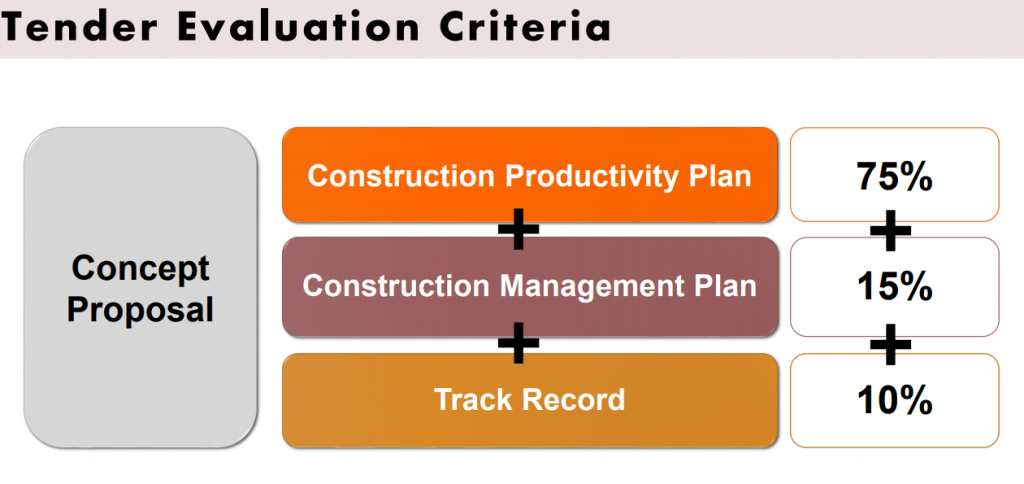Obbana Rajah
Yesterday, Dr Thum Ping Tjin released a follow up submission to the Select Committee on Deliberate Online Falsehoods.
When he shared it on his Facebook page, it was accompanied by a few lines from a Broadway song ‘Hurricane’, where supposedly the main character Hamilton’s reflection on his tenuous situation derails him, and causes him to publish an admission to adultery.
His lengthy submission, which follows the transcript of his hearing with Minister for Home Affairs and Law K Shanmugam, was, “to address points raised which [he] was unable to fully address during the hearing. This includes clarification of points raised, clarification of sources and documents raised in the hearing, and submission of documents requested during the hearing on specific incidents”.
In his submission, he concludes,
“Therefore, as I had maintained during the hearing, my sentence that “Selkirk chose to interpret these as calls to abandon constitutional action, and disregarded their unanimous agreement to keep following peaceful constitutional action” is a reasonable interpretation of his position and is not misleading. My overall point in my article that Operation Coldstore was fundamentally motivated by political, not security, reasons, stands”.
It was even shared on Kirsten Han’s Facebook page.
His full submission:
Follow up Submission to the Select Committee on Deliberate Online Falsehoods, Parliament of Singapore
Dr. Thum Ping Tjin
University of Oxford
3 May 2018
Note: The line numbers refer to the transcript of the hearing.
At the invitation of Mr Shanmugam (lines 1049–1065, 1808, 5591), I am submitting this as a follow up to my hearing to be entered into the record, to address points raised which I was unable to fully address during the hearing. This includes clarification of points raised, clarification of sources and documents raised in the hearing, and submission of documents requested during the hearing on specific incidents.
Clarification of Points Raised
1. The crux of my original submission was not addressed in the discussion. Instead, the focus of discussion in the hearing was my article “The Fundamental Issue is Anti-colonialism, Not Merger’: Singapore’s “Progressive Left”. As such, I attach my article in this submission to be included in the report to the Select Committee (attachment 1). Regardless of the merits of my article, the larger point which I made in my submission remains substantially unchallenged: “Beginning with Operation Coldstore in 1963, politicians have told Singaporeans that people were being detained without trial on national security grounds due to involvement with radical communist conspiracies to subvert the state. Declassified documents have proven this to be a lie. Operation Coldstore was conducted for political purposes, and there was no evidence that the detainees of Operation Coldstore were involved in any conspiracy to subvert the government.”
2. I note that the fundamental arguments of my article as laid out in the conclusion (page 21–22) were not raised nor challenged.
3. At no point did I accept that any part of my article was inaccurate or misleading. The focus of a major part of the hearing was on my interpretation of two documents: A mole within the Barisan organisation attended two meetings of the Barisan Socialis on 23 September and 30 September 1962 and submitted two memoranda describing the discussions of the two meetings. The meetings were called to discuss the party’s strategy following the Merger referendum of 1 September 1962. The Barisan Sosialis believed that the PAP had effectively rigged the referendum by using the parliamentary process to force through referendum ballot that contained three options, all of which favoured merger, of which only the PAP’s version was feasible, and with no option to say no. The documents, therefore, must be read against the anger and frustration of the Barisan rank and file, who — as I noted in my article “had complained that the constitution was pointless if it was so easily manipulated”.
a. Only one sentence of my article was subject to any substantial challenge: “Selkirk chose to interpret these as calls to abandon constitutional action, and disregarded their unanimous agreement to keep following peaceful constitutional action” (page 19). I was invited to consider a hypothetical scenario presented by Mr Shanmugam to interpret the sentence in the light of a single document, despite the fact that the footnote reference in my ARI paper is based on two separate meetings and notes of these meetings of the Barisan Socialis on 23 September and 30 September 1962. Mr Shanmugam’s questioning focused primarily on the notes of the 23 September 1962 meeting.[1] I repeatedly declined to do so. Finally at the instruction of the Chairman to do so (line 5013–5014), I replied “Just based on this document [the 23 September 1962 telegram], I accept that I could have worded what I said better, yes.” (Lines 5002–5019). Subsequent references to rewording the sentence (e.g. 5485, 5492) must be understood in that context. If we take the sentence based upon both meeting notes and all documents cited and in the context it was presented within my article, the sentence is accurate. In particular, paragraph 3 of the meeting notes of 30 September 1962 is clear: “All the speakers were agreed that the first immediate task was to overthrow the P.A.P Government through victory in the State elections”. This second document, and this particular paragraph, is crucial to understanding my overall argument that there was “unanimous agreement to keep following peaceful constitutional action”.
b. In particular, it would be inaccurate to interpret the sentence in question as an attempt to omit some Barisan members’ calls for extra-constitutional action. The preceding sentence in my ARI paper acknowledges these calls: “Barisan members had complained that the constitution was pointless if it was so easily manipulated, asking if there was another way forward.”
c. Equally, I stated that “I accepted that perhaps I could have rephrased this better, but fundamentally, I think my point stands that they were going to keep following peaceful constitutional action.” (line 5186–5188) I accept that it was possible for the sentence to take into account the hypothetical scenario that the Barisan members may choose to take up arms in the future. However, as I stated in lines 4879–4884, the Barisan members had not actually resolved to take up armed struggle, and thus for the historically relevant purpose of identifying whether or not Operation Coldstore was necessary in the context, the more relevant historical point of note was the Barisan’s actual resolve to continue with constitutional struggle.
d. Less historically relevant was the question of what the Barisan would have hypothetically done in a situation where the constitutional order was subverted. For instance, one Barisan member who attended the 23 September 1962 meeting conceived of armed struggle in a situation where Lee Kuan Yew “would “replace the constitutional form of struggle with a military dictatorship”. These were hypothetical scenarios as of September 1962.The omission of these hypothetical (and speculative) possibilities does not impair the fundamental point of the sentence: that there was “unanimous agreement to keep following peaceful constitutional action.” My sentence is accurate.
e. In response to Mr Shanmugam’s statement that “The way you have put it is misleading and it should have been better phrased and what Lord Selkirk said in his telegram on that second point is accurate” (line 5227–5228), I replied “On the second point, yes.” I did not accept that my work was in any way misleading. I only accepted that Selkirk was accurate that Lim Chin Siong had not completely ruled out violence, but in the context this was a less historically relevant fact than the Barisan’s decision to continue with the constitutional struggle for the time being.
f. I wish to note an error in the record which could be misleading to readers. While Mr Shanmugam corrects himself in speech at line 4178, the record does not adequately reflect that Mr Shanmugam began reading from a different document. Therefore, it appears as if he continues to be referring to Lord Selkirk’s Telegram 582 of 14 December 1962, instead of Telegram 573 of 11 December 1962 (referenced in fn. 133 of my article). It is important to clarify exactly which document is being referenced, because Telegram 573 in fact shows the Lord Selkirk was more concerned with the political position of the British vis-à-vis merger and the creation of Malaysia, than with the security issue. As I noted in my article, “Lord Selkirk spent the bulk of his four-page telegram to British Secretary of State for the Colonies Duncan Sandys explaining that it was now impossible to deny the Federation the arrests they so badly craved without jeopardising merger.” In other words, his Telegram 573 supports my argument that Operation Coldstore was fundamentally motivated by political, not security, reasons.
Therefore, as I had maintained during the hearing, my sentence that “Selkirk chose to interpret these as calls to abandon constitutional action, and disregarded their unanimous agreement to keep following peaceful constitutional action” is a reasonable interpretation of his position and is not misleading. My overall point in my article that Operation Coldstore was fundamentally motivated by political, not security, reasons, stands.
obbana@theindependent.sg












